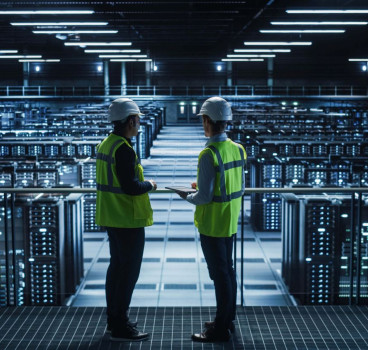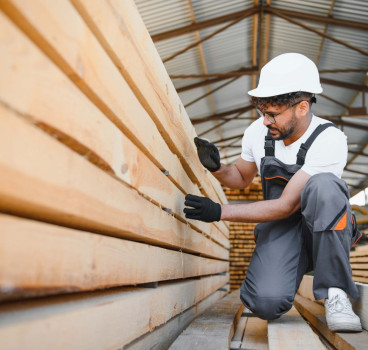Wellbeing and the built environment
Whether it is at home, in workplaces, leisure facilities or healthcare environments, there can be no doubt that people spend large amounts of their time in buildings. In the drive towards both sustainability in construction and reducing our carbon footprint, we need to ensure that we build with this in mind. So, naturally we should be creating buildings that ultimately make people feel healthier and happier.
We already know that a well-designed and insulated building fabric provides the benefits of energy reduction, lower fuel bills and better control of internal temperature, keeping the occupants warm in winter and cool in the summer which all adds to their comfort and wellbeing. But it's not just an issue of temperature that impacts our wellbeing; we need to design to control humidity and consider the acoustic and visual comfort of occupants. Well-designed ventilation systems promoting good indoor air quality, coupled with good natural light are essential elements for good health.
Of course, the improved health of building occupants is a key consideration since warm, dry homes help to reduce the impact on the NHS by the most vulnerable in our society. Living in under-heated, cold and draughty homes can pose severe health risks, due to the higher instances of damp and mould, which exacerbates health issues such as asthma, bronchitis, heart and lung disease.
A comfortable thermal environment that will meet all these needs and those of all occupants is of course a challenge, particularly when you take into consideration individual preferences and also the vagaries of a building's thermal environment.
High performance PIR insulation has an important role to play in any new build or retrofit project which aims to substantially raise thermal performance standards and improve the building's internal environment. Good design and workmanship also play their part, as does good detailing. Ultimately, it's a balancing act of a complex set of interdependent factors – however, the benefits of getting it right are worth it.
Sustainable buildings are not just about energy performance, aesthetics and the materials that are used to build them, we must also ensure that the people that use them are comfortable and happy. The design of our built environment has a significant impact on the nation's health and we need to ensure that we get it right first time in order for everyone to feel better about themselves in the longer term, and to ensure that we do not have to go back and retrofit buildings in the future because we failed to deliver today the highest performing insulation that is practically and economically available.
Additional Blogs

What if Building Control went fully digital?
Building control governs structural integrity, fire protection, energy efficiency, accessibility and countless other aspects of design and construction. Historically, this process has been highly...
Read moreWhere most “Smart Buildings” go wrong
Smart buildings are often presented as the ultimate in modern construction - interconnected, efficient, intuitive and driven by real-time data. They promise lower operating costs, reduced energy use,...
Read more

The future of facilities management starts at RIBA Stage 0
Facilities management has traditionally been treated as a discipline that only becomes relevant once a building is handed over. At that point, FM professionals inherit decisions made months or years...
Read more